Is Science Too Straight?
LGBTQ+ issues in STEM diversity
Almost two decades ago, when Christopher Schmitt was an undergraduate at the University of Wisconsin-Madison, he attended a lecture about the now-famous T-shirt-sniffing experiments, which suggested that scent plays a role in sexual attraction. The speaker, an endocrinologist, discussed the studies, in which women rated men’s attractiveness by the scent of T-shirts the men had worn days earlier. Women consistently preferred the scent of men who had specific differences in their major histocompatibility complex, a set of proteins that are critical to immunity and, in this case, mark potential mates as genetically alluring.
45%
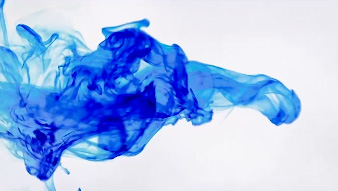
Women and minorities today constitute about 70 percent of college students but earn only 45 percent of STEM degrees.President’s Council of Advisors on Science and Technology
Schmitt, now a BU College of Arts & Sciences assistant professor of anthropology and biology, was intrigued. “It was the first time I’d heard of that kind of study,” he says. He approached the professor after class and asked if similar experiments had been tried with gays or lesbians. “She just kind of looked at me like I was crazy and said, ‘Why would you want to do that?’” he recalls. Embarrassed, he cut the conversation short and fled.
“To this day, I don’t know if she meant ‘what would be the hypothetical deductive reason for that?’ or ‘why would you ever do that with gay people?’” he says. “So part of that was my own timidity. But part of it was also being 20 years old, and gay, and thinking, ‘Oops—I just stepped over some invisible line.’”
Science prides itself on being apolitical, gender-neutral, and color-blind—open to all, focused only on finding truth. Many find these ideals of scientific inquiry refreshingly dispassionate. But these same ideals can also, paradoxically, stifle discussion of sexual identity, leading many gender and sexual minorities to feel unwelcome, or at least unsure, in science. “Individual identity factors are often considered inconsequential or irrelevant to STEM professional achievement,” notes an article in the Journal of Homosexuality, reporting on the 2015 Queer in STEM survey, “but research suggests that being part of a marginalized or minoritized group can hamper job satisfaction, career success, and workplace productivity.”
Why does this matter? Because, to stay competitive in the world economy, America needs more scientists and engineers—and evidence shows that diversity may lead to better science.
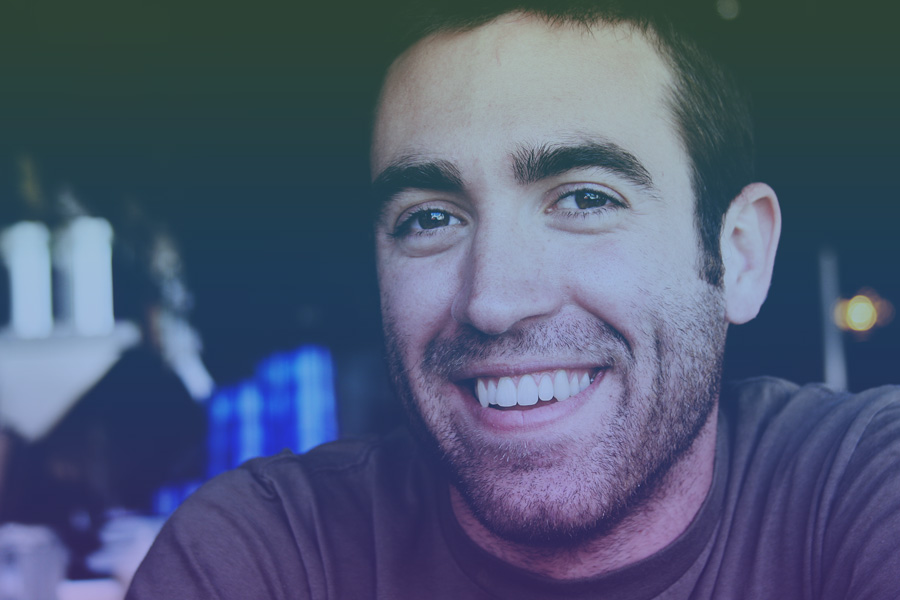
While it’s important to tackle underrepresentation for all minority groups, the often-hidden struggles of LGBTQ+ individuals in science, technology, engineering, and math (STEM) fields are particularly challenging to quantify and address. About 3.5 percent of Americans, including about eight million people in the nation’s workforce, identify as LGBT, according to research noted in the Queer in STEM survey. But further data is hard to come by: the National Science Foundation, for instance, produces regular reports on the state of women, minorities, and persons with disabilities in STEM fields, but does not include LGBTQ+ people in the research.
This lack of data contributes to a sense of invisibility among LGBTQ+ scientists, which many find off-putting. Schmitt, who had a double major, in English and zoology, sensed it in his undergraduate classes. “In a humanities field like English, being queer or gay or lesbian was a topic that was under discussion as part of coursework. In my zoology classes, it never came up,” he says. “And because it never came up, it wasn’t clear whether or not it was okay. That leads to a kind of silence that is discouraging for people who are queer.”
Wanted: More scientists, better science
In a 2012 report on undergraduate STEM education, the President’s Council of Advisors on Science and Technology said that the United States needed to produce about one million more college graduates with STEM-related backgrounds to maintain its “historic preeminence” in these fields, and to retain the economic and social benefits that come along with it. This goal could be met, added the report, by modestly increasing the number of college students who graduate with STEM degrees. But many students who start out in STEM choose to switch majors, and no, it’s not just because the math is too hard. One of the main reasons students give for leaving: “an academic culture in STEM fields that is sometimes not welcoming or attuned to members of groups underrepresented in STEM fields—including women and minorities, who today constitute about 70 percent of college students but earn only 45 percent of STEM degrees.”
Efforts to increase the number of women and underrepresented minorities in STEM professions have met with mixed results, according to a 2014 article in the Journal of Women and Minorities in Science and Engineering. Between 1973 and 2008, the number of women holding STEM doctorates in academia rose from 9 to 34 percent, while the number of underrepresented ethnic minorities rose only from 2 to 9 percent. And while efforts to increase STEM diversity continue, notes the article, “virtually none of these focuses on LGBT communities.” Exclusion can have severe consequences: the American Physical Society March 2016 report on the LGBT Climate in Physics noted that over one third of LGBT survey respondents “considered leaving their workplace or school in the past year” after experiencing or observing harassment or discrimination.
Because it never came up, it wasn’t clear whether or not it was okay. That leads to a kind of silence that is discouraging for people who are queer. – Christopher Schmitt
“If you’re LGBT and minority, you’re in a double bind. If you’re in a minority and LGBT and a woman, you’re in a triple bind,” says Rochelle Diamond, chair of the board of directors of the National Organization of Gay and Lesbian Scientists and Technical Professionals (NOGLSTP). “We have to do a better job about making it more possible for minorities to have good STEM careers.”
Aside from the “we need more scientists” argument, evidence suggests that diverse teams encourage more innovation and creativity, and may lead to better science. A 2014 article in Scientific American, “How Diversity Makes Us Smarter,” notes that “simply interacting with individuals who are different forces group members to prepare better, to anticipate alternative viewpoints, and to expect that reaching consensus will take effort.”
Diverse viewpoints can also challenge the status quo. While scientists take great pains to remove personal bias from their work, they make observations, conceive experiments, and interpret data under the influence of their culture, experience, and worldview. Sometimes their biases are so ingrained that they go unrecognized or pass as truth, leading researchers to make seemingly obvious—but ultimately incorrect—conclusions.
A famous example is Bateman’s Principle, introduced by English geneticist Angus John Bateman in 1948, which asserted that the rule of “choosy females and promiscuous males” reigns supreme in the natural world. This principle influenced decades of research on sex roles across species, and while the interpretation holds true in many cases, it is certainly not universal. “When the result of an experiment confirms a societal bias, people may be less likely to question it,” says Kristina Cohen (GRS’17), a BU PhD student in biology. Recent analyses found many problems with Bateman’s experimental design and data analysis, questioning the validity of the original findings.
3.5%
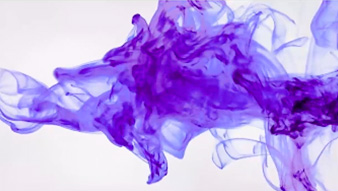
About 3.5 percent of Americans, including about eight million people in the nation’s workforce, identify as LGBT.Queer in STEM report
Many argue that more diversity in STEM fields can guard against misinterpretations like these, and—more important—lead to innovative ways of seeing the world and solving problems. Diverse perspectives, says Karen Warkentin, a CAS biology professor, can only improve science. “Feminist biologists and queer—or queer-informed—biologists are likely to notice different things and ask different questions, compared to people without those perspectives,” says Warkentin, who is also a CAS professor of women’s, gender, and sexuality studies. “People bring different ideas from their life experience that can be really helpful in solving problems. And we have better science that way.”
Warkentin, who made the notable discovery that frog eggs can hatch early to evade predators, cites her own work as an example. “Why did I discover ‘escape hatching’ but others who had worked with eggs of the same frog species before me did not?” she wrote in an email, noting that this work initially faced strong skepticism from some senior colleagues—what she calls “a lack of appreciation of the extent of the possibilities”—but eventually helped shift scientific thinking about embryos and hatching. “There are, of course, many factors that influenced my thinking, but queerness is certainly part of it. My personal experience reinforces that generally accepted things are sometimes incorrect, and I have plenty of experience in pursuing my own interests counter to prevailing expectations.”
Disrupting the stereotype
Warkentin had been out as a queer scientist for two decades before coming to BU, enjoying the diverse and open environment of the University of Texas at Austin during her PhD work. When she arrived at BU in 2001, she found the University, and her department, “not that accommodating or friendly” to LGBTQ+ faculty. “There were no single people in the department. There were very few women. There were no other queer people that I knew about,” she says. Warkentin also noted that the campus, under President John Silber (Hon.’95), had banned the Gay-Straight Alliance at the BU Academy, and declined to include sexual orientation in the campus nondiscrimination policy. “It was surprising, coming to BU, to lose the diversity and openness I was used to, even though it was in Massachusetts,” says Warkentin. “It was surprisingly hard.”
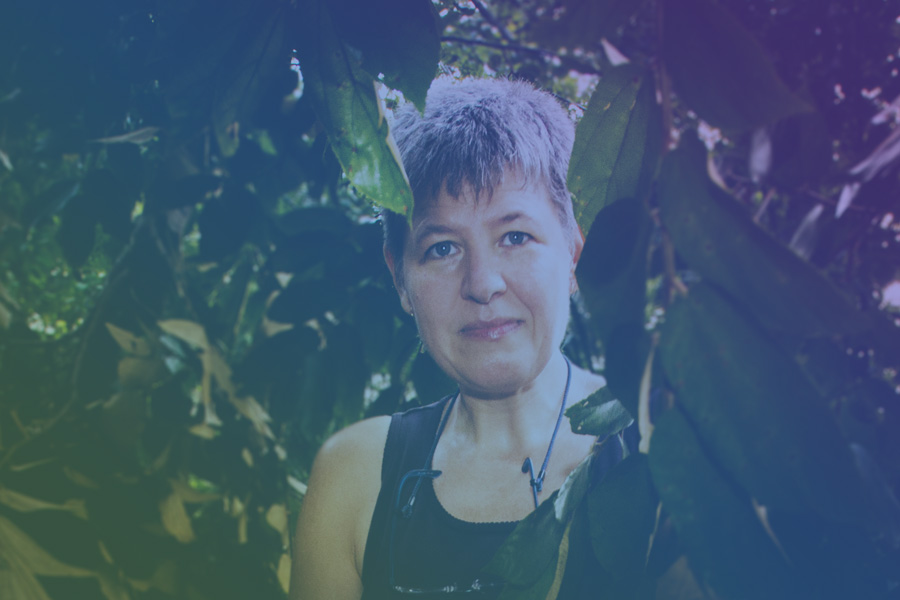
Warkentin says that the atmosphere on campus has improved dramatically. “In BU Today recently, there was an article about the incoming class, and there was a quote from an incoming student saying something like, ‘I’m an awkward trans kid from LA…I know BU is the right school for me,’” says Warkentin. “And I was like, ‘Wow, that is amazing. That is awesome.’ It is a reflection of how far BU has come.”
The Queer in STEM study, which surveyed 1,427 LGBTQ+ STEM professionals about their experiences, found that researchers were more likely to be “out” in certain disciplines—namely life sciences, social sciences, and physical sciences—suggesting that researchers viewed those disciplines as more open to sexual and gender minorities than others, like earth sciences and engineering. This correlated, in general, to the number of women in the discipline. “Fields that had better representation of women were significantly more likely to be rated as welcoming to LGBT people,” says study coauthor Allison Mattheis, a California State University, Los Angeles, assistant professor of applied and advanced studies in education. (The exception was psychology, in which fewer respondents than expected reported being “out,” a finding that researchers chalked up to standards of nondisclosure in the field.) Mattheis says that female leadership disrupts the stereotype of a scientist as a white heterosexual male. “There are more possibilities of what it looks like to be a professional in those fields, and it doesn’t narrow people’s expectations quite so much.”
Mattheis also noted, however, that few of the study respondents could identify even one openly LGBTQ+ teacher or faculty member from their student days. This translates to not only a dearth of role models, but also a potential lack of the social connections and mentors that are critical for success in science.
People bring different ideas from their life experience that can be really helpful in solving problems. And we have better science that way. – Karen Warkentin
“Our opportunity to pursue a career in science is tied not only to our success as scientists, but to who we know and who knows us,” says Eric Patridge, the founder and outgoing president of Out in Science, Technology, Engineering & Mathematics (oSTEM), an organization for LGBTQ+ students in STEM fields with 60 chapters worldwide. “It’s usually a professor who buys into us as a person, who gives us the opportunity to publish. And so I would argue that our career advancement is intrinsically tied to social identities and personal relationships.”
To address this issue, NOGLSTP and MentorNet have collaborated to connect LGBTQ+ mentors with mentees across STEM fields, oSTEM hosts an annual professional development conference, and NOGLSTP also hosts a biennial career development summit called Out to Innovate, which connects LGBTQ+ students, academics, and STEM professionals. Other professional groups have also reached out to the LGBTQ+ community. The American Chemical Society, for instance, has a Gay and Transgender Chemists and Allies group under its Professional Relations Division. The American Physical Society’s LGBT Climate in Physics report called on the society to advocate for LGBT equity and inclusion.
1/3

Over one-third of LGBT survey respondents “considered leaving their workplace or school in the past year” after experiencing or observing harassment or discrimination.American Physical Society’s report on the LGBT Climate in Physics
Mattheis notes that universities and other institutions that want to attract and retain LGBTQ+ staff, faculty, and students can take steps to show their support, such as providing benefit packages that include same-sex partners and trans-inclusive health insurance coverage. They can also require gender and sexual diversity training for all members of the campus community and provide support groups for LGBTQ+ graduate students, staff, and faculty. An informal meeting with a handful of LGBTQ+ students at BU led to other suggestions, like posting signs on faculty doors to indicate “safe spaces” that welcome people of all gender identities and establishing official campus groups like oSTEM. Students also noted that professors who ask students for their preferred gender pronouns, and offer their own, demonstrate an openness to various identities.
Some professors, like BU’s Schmitt, make a point of being “out” to students. “As a student, it really stymied me that there were no ‘out’ gay role models,” he says, “and so I decided all along to be as open as I could be.” He says grateful students have approached him after lectures, and he has also received numerous notes of thanks, some from students who say they had never met a gay scientist before. “That’s really meaningful to me,” says Schmitt, “because I remember being in that position.”
“I do think it’s really important to push the boundaries of the assumptions that students have about who can be a scientist, what a scientist looks like, and where they come from,” he adds. “And for queer students at least, to be like, ‘You can be this fabulous rainbow unicorn that you are and still be a working professional scientist. These are not incompatible identities.’”
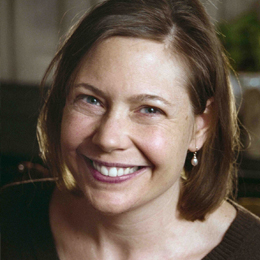
Comments & Discussion
Boston University moderates comments to facilitate an informed, substantive, civil conversation. Abusive, profane, self-promotional, misleading, incoherent or off-topic comments will be rejected. Moderators are staffed during regular business hours (EST) and can only accept comments written in English. Statistics or facts must include a citation or a link to the citation.